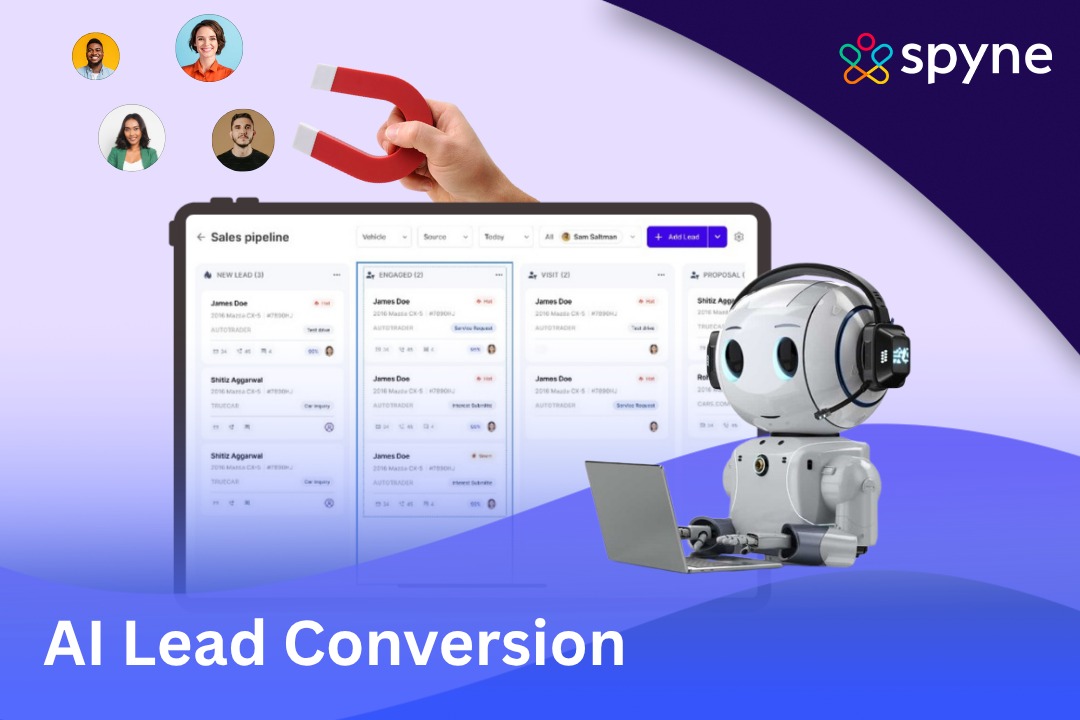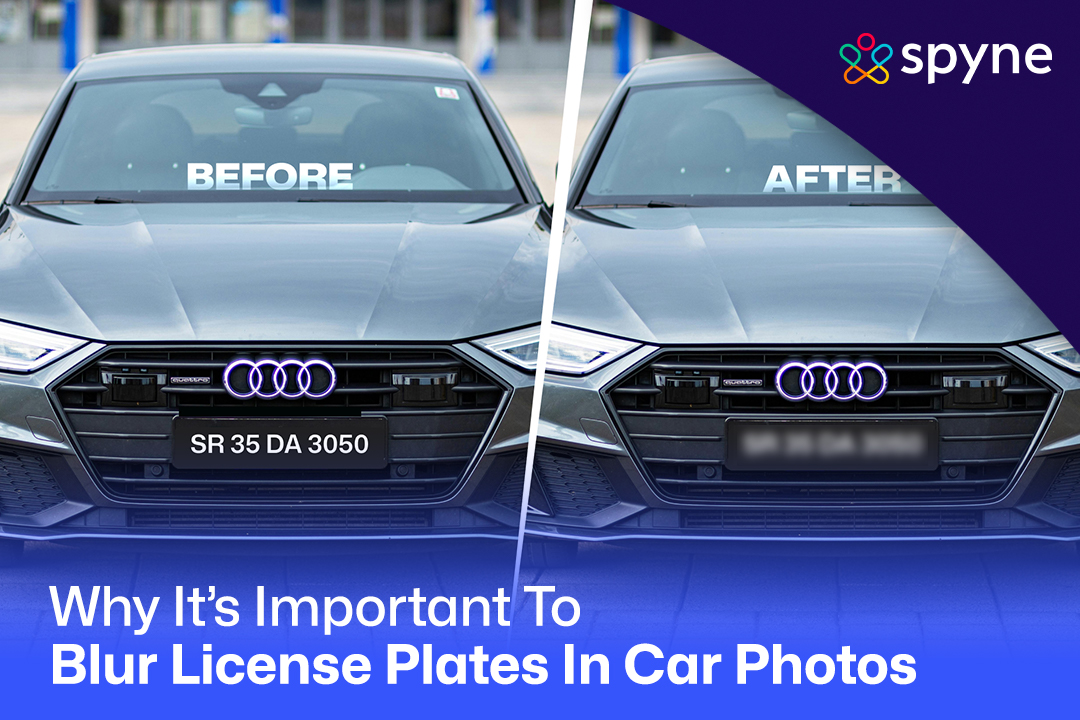Meet Vini AI at NADA Show 2026
Car Interior Photography
Elevate Automobile Listings with Car Interior Photography on Spyne
Why miss out on car interior photography? Showcase every fine detail from the texture of the seats to the quality of the lights with AI-powered solutions. Enjoy high-quality image studios, immersive video tours, and multilingual voiceovers, all-in-one software.
%2Fhttps%3A%2F%2Fspyne-static.s3.amazonaws.com%2Fplugin-library%2Fimages%2F3945ad88-e46f-4afb-8976-616591d1afc0.jpg&w=3840&q=90)
Trusted by thousands of dealerships worldwide.
%2Fhttps%3A%2F%2Fspyne-static.s3.amazonaws.com%2Fplugin-library%2Fimages%2F03391f69-98b1-4032-8d83-fd6b63251310.jpg&w=3840&q=90)
Vehicle Interior Design
Provide Vehicle Interior Tours Effortlessly
Stunning car interior tours are now made easy with Spyne. Craft high-definition images and videos or simply edit them for a quick enhancement. Further, engage customers with multilingual voiceovers and AI avatars. No professional help is needed!
%2Fhttps%3A%2F%2Fspyne-static.s3.amazonaws.com%2Fplugin-library%2Fimages%2Fc71ef095-d2d0-4923-a276-6a6bbabaee7d.jpg&w=3840&q=90)
Smoothest Rotating Car Interior Shots
Effortlessly capture a flawless multi-angle view of your car interiors. Showcase every element with precision, offering an interactive and immersive experience to shoppers. Don’t let them miss out on anything when you’ve got Spyne by your side.

Ricoh Theta Integration
Seamlessly capture interiors with Ricoh Theta, ensuring sharp details and an immersive viewing experience.

AI Hotspots
Highlight every feature in detail with automatic hotspot addition, and provide interactive insights that enhance buyer engagement and understanding.
%2Fhttps%3A%2F%2Fspyne-static.s3.amazonaws.com%2Fplugin-library%2Fimages%2Fa6d6ebd8-123c-432b-ae66-1a34e331b592.jpg&w=3840&q=90)
Boost Branding with Unlimited Editing Options
Experience unlimited customization options to improve your brand’s visual identity. Personalise car interior shots with enhancements, background adjustments, and branding elements. Create consistent and professional images that set your listings apart.
0%
Reduced Production Time
0%
Enhanced Brand Visibility
Vehicle Interior Video
High Quality, Professional Interior Car Shots, Made Easy with Spyne
Don’t just give an idea of your car interiors, make customers feel like they’re really in the car with Spyne. Further enhance the experience by fixing lighting, color grading, and sharpening elements. Perform all the tedious, hard work in seconds.

Ease of Use
Experience simplified car interior photography, allowing you to create stunning visuals with minimal effort.

AI Integrated Editing
Leverage AI to enhance images instantly, including background adjustments, lighting corrections, and feature highlighting.

Seamless Integrations
No need to change your existing process. Instead, just integrate Spyne with your tools and platforms for a smooth workflow.

Rotating Car Interior Shots
Immersive viewers in the browsing process with high-quality rotating car interior shots that capture every detail from every angle.

Automatic Catalogs
Generate professional, ready-to-use catalogs automatically with a click of a few buttons. Save time and ensure consistency across all listings.

AI Voiceovers and Avatars
Bring visuals to life with multilingual voiceover and realistic avatars for an engaging presentation.
Improve your Listings with Car Interior Photography
75% of online customers depend on product photos when making purchases. This means good car interior photos play a major role in boosting sales. In fact, it is not just a choice but a necessity in today’s visually driven times. Yet, photographers spend so much time shooting the exterior that they miss out on the interiors.
Best Interiors Cars Photography
Leverage AI to Generate Views and Conversions with Spyne
Maximize engagement and drive conversions with Spyne’s AI-powered car interior photography solutions. From stunning multi-angle shots to AI-enhanced editing, our technology ensures your listing stands out. Attracting more views and potential buyers is effortless now.
01
400k+ Car Interior Photography Shots
Capture automobile interior photography shots and deliver stunning visuals for each listing.
02
250k+ Brand Customisations Performed
Enhance brand identity and top-of-the-head recall with unique and professional customizations.
03
50m+ Views Achieved
Spyne is the trusted car interior videography tool to boost visibility and engagement for car dealerships and sellers.
Car Interior Aesthetics
Mesmerise Shoppers, Turn them Into Buyers with Sleek Car Interior Photography
Save your pockets and efforts while your car interior shots capture attention and convert interest into sales. With Spyne, offer an immersive experience to shoppers, leaving a lasting impact on each one and driving faster purchase decisions.
Spyne’s Car Interior Photography Success Stories from Automobile Dealerships
"Earlier, we barely ever posted interior shots because it was such a hassle. But thanks to AI-powered editing and car rotating shots, we can do so now. Plus, due to seamless integrations, we didn’t have to spend a second on unlearning and learning. We simply integrated Spyne without old tools and got to work. It’s been a game-changer for us!"

Jeremy
Max Digital
"We were looking for a solution to enhance our car listings and provide buyers with a more interactive experience when we came across Spyne. Interior shots were always out of the question as they tend to be quite dark and require tons of editing."

Paul
RVT
Got questions? We've got answers.
Find answers to common questions about Spyne and its capabilities.
Choose From Our Wide Range of Services
Don’t Miss Out on the Best Part of Your Vehicle; Try Spyne’s Car Interior Photoshoots
Are you ready to shoot the car interior aesthetics like never before? Display the true essence of your vehicle with AI-powered photography solutions. Enhance your listings and attract serious buyers with immersive tours made easily.
/d20uiuzezo3er4.cloudfront.net/AI-tools/ai-tool-home/HeaderNew/Spyne+Logo+black.png)
 Image Studio
Image Studio Car Tour
Car Tour Video Tour
Video Tour Vini AI
Vini AI.png)
.png)
.png)
.png)
.png)
.png)













